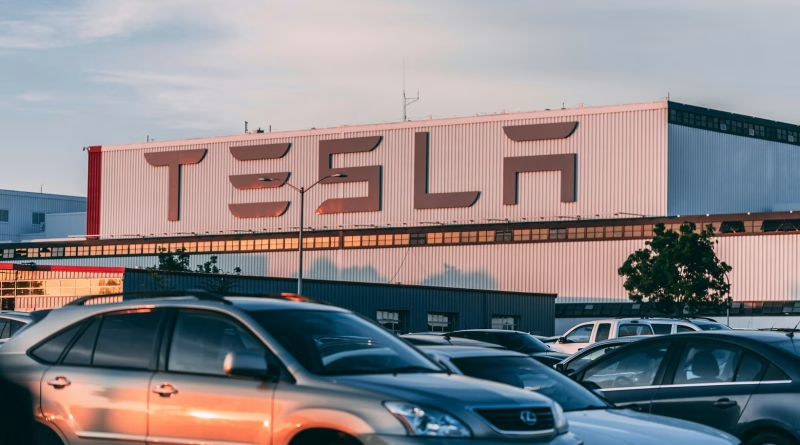The Future of Electric Vehicles: Battery Tech, Charging, and Autonomous Driving
The first era of the electric vehicle is over. We’ve moved past the initial hurdles of making EVs practical, desirable, and mainstream. Now, the second, more profound revolution is beginning—one that will transform not just what we drive, but how we power our lives and how we spend our time on the road.
The future of the EV is being defined by three key technological battlegrounds: the battery that powers it, the method used to charge it, and the intelligence that drives it. As we look ahead from mid-2025, these are the breakthroughs in battery tech, charging, and autonomy that are shaping the next generation of electric vehicles.
1. The Power Source: The Holy Grail of Solid-State Batteries
The single biggest factor holding back EV adoption has always been the limitation of the lithium-ion battery—its range, its charging speed, and its cost. The next generation of battery technology, led by solid-state batteries, is poised to solve these problems.
- What’s Happening: Unlike current batteries that use a liquid electrolyte, solid-state batteries use a thin, solid material. This simple change allows them to be much more energy-dense, safer, and faster to charge. Automakers like Toyota and a host of startups are now moving from the lab to pilot production, with the first vehicles using this technology expected in the next couple of years.
- The Future Impact: A solid-state battery could offer an EV with a range of 500-700 miles that can be recharged from 10% to 80% in about 10 minutes—nearly as fast as filling a gas tank. This would effectively eliminate range and charging anxiety for good, marking the true tipping point for mass EV adoption.
2. The ‘Refueling’ Revolution: Bidirectional and Wireless Charging
How we charge our cars is about to get much smarter and more convenient. The innovation is happening in two key areas.
- Bidirectional Charging (Vehicle-to-Grid): This technology turns your car into a massive battery pack for your home. During a power outage, you could use your fully-charged EV to power your entire house for a day or two. Further in the future, it will enable “Vehicle-to-Grid” (V2G) applications, where you can sell excess power from your car’s battery back to the electrical grid during peak demand times, helping to stabilize the grid and earning you money. New EVs from Ford and GM are already shipping with this capability.
- Wireless EV Charging: The ultimate convenience. Imagine never having to plug in your car again. Companies are now installing high-power wireless charging pads in parking garages and home garages. You simply park your EV over the pad, and it begins charging automatically. While still a luxury feature, this seamless experience will likely become a standard option on premium EVs in the near future.
3. The Ultimate Upgrade: The Road to True Autonomous Driving
The dream of a fully self-driving car is the most ambitious goal in the industry. While true “Level 5” autonomy (where the car can drive itself anywhere in any condition) is still a long way off, we are entering the era of highly capable “Level 3” and “Level 4” systems.
- What’s Happening: These systems allow for true hands-off, eyes-off driving in specific, controlled environments, like on a highway during clear weather. Automakers like Mercedes-Benz are already getting regulatory approval for these “highway autopilot” systems. Meanwhile, dedicated robotaxi services from companies like Waymo and Cruise are expanding their operations, providing a real-world look at a fully autonomous transportation network.
- The Future Impact: The next five years will see these advanced driver-assistance systems become more widespread and capable. While you won’t be able to take a nap in your car on the way to work just yet, the daily highway commute will be transformed from an active driving task into a passive experience, freeing up that time for work or entertainment.
The electric vehicle is evolving from simply being a better car into a connected, intelligent, and autonomous energy platform. The breakthroughs happening today are not just changing how we drive; they’re changing our entire relationship with transportation and energy.




